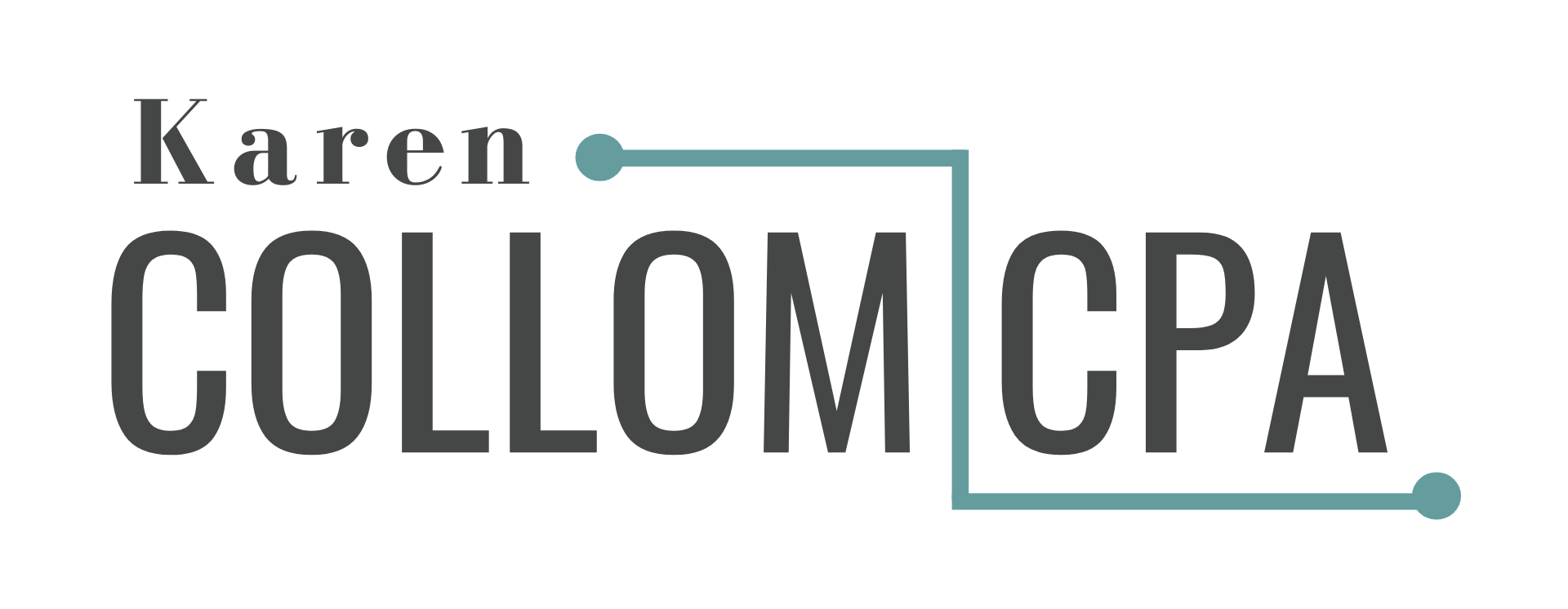IRA Deduction Phase-Out Ranges for 2026
November 20, 2025
What You Need to Know
If you or your spouse are covered by a workplace retirement plan, the ability to deduct traditional IRA contributions phases out at the following income levels:
- Single filers: $81,000–$91,000
- Married filing jointly (contributing spouse covered): $129,000–$149,000
- Married filing jointly (contributor not covered but spouse is): $242,000–$252,000
- Married filing separately: remains $0–$10,000

Roth IRA Income Phase-Out Ranges
For 2026, the new limits are:
- Single / Head of Household: $153,000–$168,000
- Married filing jointly: $242,000–$252,000
- Married filing separately: $0–$10,000 (unchanged)
Saver’s Credit Income Limits
The credit for moderate-income savers now phases out at:
- $80,500 for married filing jointly
- $60,375 for heads of household
- $40,250 for single filers and married filing separately
SIMPLE Plan Contribution Limits for 2026
- SIMPLE IRA regular limit: $17,000 (up from $16,500)
- Enhanced SIMPLE IRA limit (certain employers): $18,100
- Catch-up (age 50+): $4,000 or $3,850, depending on plan type
- Enhanced catch-up (ages 60–63): $5,250
What You Should Do Before January 1
To stay ahead of the changes, Barklee Financial Group recommends:
- Update your workplace retirement plan deferrals
- Log into your employer’s retirement portal to adjust your 2026 contribution percentage to match the new limits.
- If you are age 50+, review your catch-up strategy
- Because catch-up contributions must go to a Roth account for higher-earning employees, make sure your employer plan supports Roth catch-up elections.
- Revisit your retirement projections
- With contribution limits rising, now is an ideal time to confirm your savings plan aligns with your long-term retirement goals.
Learn More at the Barklee Financial Group






